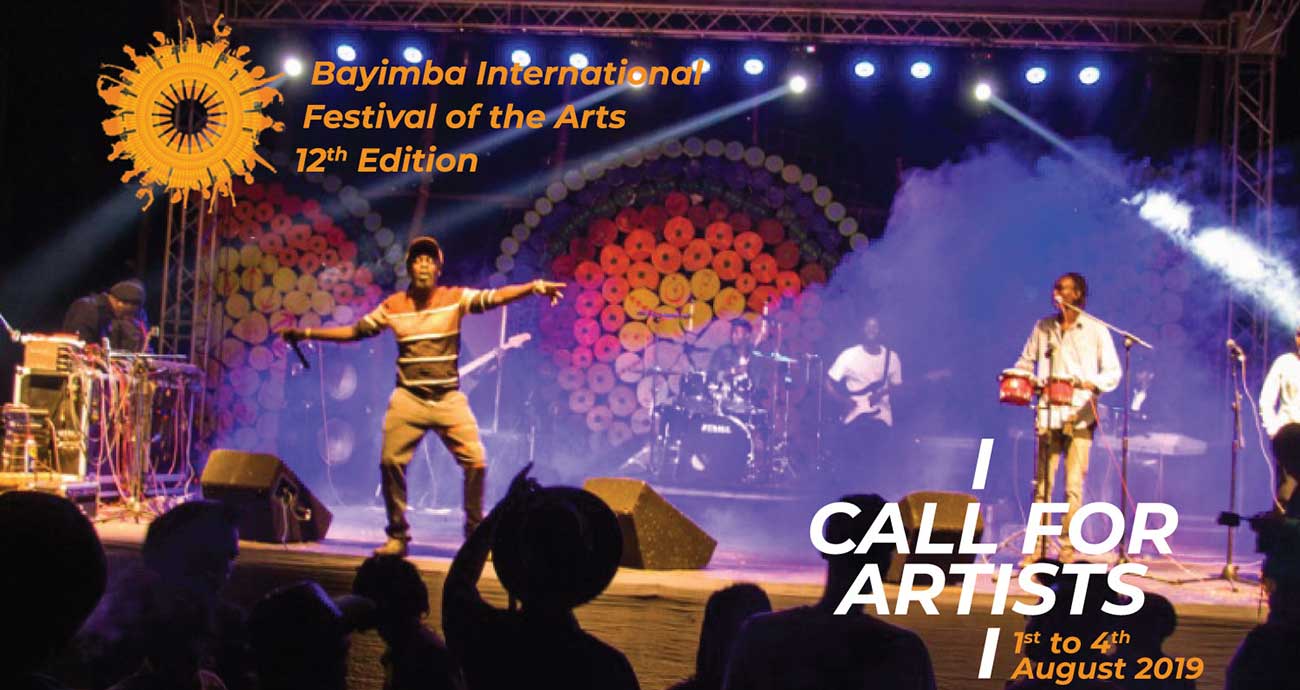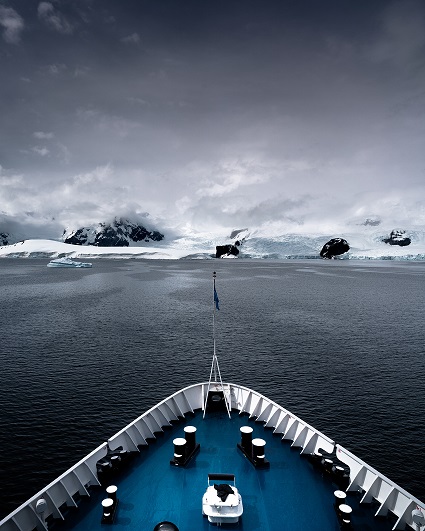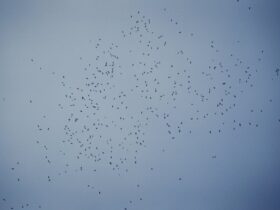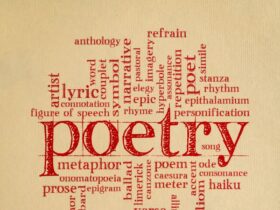
Andrea Grieder is a poet and social anthropologist. She is the founder and director of Transpoesis, an organization based in Rwanda with the aim to empower through Poetry. Originally from Switzerland, she has a Ph.D. from the University of Zurich and Ecole des Hautes Etudes en Sciences Sociales (EHESS), Paris. She is a lecturer at the University of Technology and Arts of Byumba (UTAB), Rwanda.
Participating in a conference on PolARTS, I discovered how science and the arts, and more particularly poetry, cannot only enter into a dialogue but into fusion. These two ways of understanding the world can find themselves in an encounter that generates knowledge. PolARTS[1] aims at creating collaborations between artists and polar region scientists.
In the book, How Poetry Can Change your Heart (2019), by Andrea Gibson and Megan Falley, we find a definition of poetry which brings to light the two different ways of relating the world with the self. To understand the universe, I need science to understand my place in it, I need poetry, writes Karina Foster-Middleton, 22. The astronomy student clearly points out that Poetry and Science are complementary. But how can they relate with each other?

First of all, poetry can give meaning by its sound. Back in 1964, Nobel Prize for Physics and particle pioneer Murray Gell-Mann discovered a new type of particle that made up (larger) particles such as neutrons and protons. He wanted to have it sound like “kwork” but found in poetry the adequate word — “quark”. The inspiration came from his passion for language. At 10 years old, he read James Jocye novel, Finnegans Wake, which provided him with the world quark in the phrase “Three quarks for Muster Mark.”
Secondly, poetry creates an elasticity of sensations generated by scientists’ discoveries. Coming back to PolARTS: the book by Elizabeth Bradfield, Approaching Ice: Poems (2010, Persea Books), we find the collection is dedicated to a two dozen Arctic and Antarctic explorers: From Cleves Synnes and James Weddell, who went south around 1820 to 20th century explorers Lynne Cox, who swam the Strait of Magellan and the Cape of Good Hope. The book serves to discover the work and driving forces of human beings to explore the regions of ice. With Nathaniel Bowditch, we deepen a perception of ice formations.
Ice-worm. Abraded by ice. You may feel this one acutely, here at the end of this glossary. Me? I’m polished, not worn, glossy after the passage of tons of ice across me, the stone of my heart buffed to a sheen. Scoured. Ready for love to find a new foothold on me.
Reading these lines, we learn something else: we realize another dimension of the existential nature of words. ICE. The coldness of words. TONS OF ICE ACROSS ME. The pace of eternity. The mill of time, in an extreme slow-motion reply.
Despite the coldness, I feel inspired to travel to the polar regions to create words of silences, of darkness during the polar nights. I wish my words to touch the extremities and the absoluteness of being. These poems of mine may serve to science as rhythms and sounds to understand how a human is able to exist in such extreme situations of coldness and ice.
- The Mother of the Ocean – #Andrea - May 25, 2023
- Poetic Insights – #Andrea - October 5, 2022
- Lightful: A Poetry Performance– #Andrea - May 13, 2022













Leave a Reply